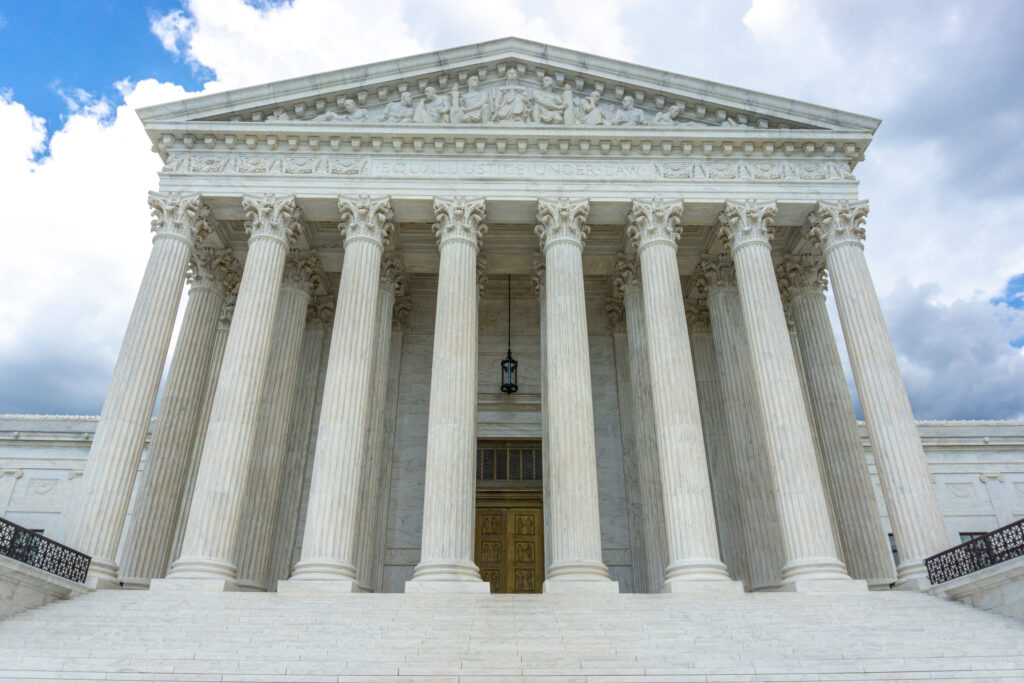Big Stories, Features, News
Supreme Court Rules to End Affirmative Action in Colleges and Universities
Today, a Supreme Court ruling put an end to colleges and universities factoring in race during the admissions process. This ruling upends long-standing policies and programs surrounding affirmative action, which first circulated in US policy in the early 1960s. Many believe that this landmark ruling is a blow to admissions programs. There are programs that help diversify college campuses and President Joe Biden also stands against it. “The Court has effectively ended affirmative action in college admissions. And I strongly — strongly disagree with the Court’s decision,” he said in his remarks this afternoon.
The Facts About the Ruling
This ruling incorporated two cases surrounding the admissions process for the University of North Carolina (UNC) and Harvard University. The court voted 6 to 3 against UNC and 6 to 2 against Harvard.
In the majority opinion, Chief Justice John Roberts writes, “The Harvard and UNC admissions programs cannot be reconciled with the guarantees of the Equal Protection Clause. Both programs lack sufficiently focused and measurable objectives warranting the use of race, unavoidably employ race in a negative manner, involve racial stereotyping and lack meaningful end points. We have never permitted admissions programs to work in that way, and we will not do so today.”
The court ultimately sided with a nonprofit organization Students for Fair Admissions (SFFA). The organization filed individual lawsuits against UNC and Harvard. The organization argues that the universities’ race-based admissions policies violate Title VI of the Civil Rights Act of 1964, which prohibits discrimination of any kind in programs and activities that receive federal financial assistance.
Justices Sonia Sotomayor and Ketanji Brown Jackson wrote dissenting opinions against the ruling. Both dissents were signed by Justice Elena Kagan and include the following notable lines:
“The Court subverts the constitutional guarantee of equal protection by further entrenching racial inequality in education, the very foundation of our democratic government and pluralistic society,” Sotomayor writes.
“The Court has come to rest on the bottom-line conclusion that racial diversity in higher education is only worth potentially preserving insofar as it might be needed to prepare Black Americans and other underrepresented minorities for success in the bunker, not the boardroom (a particularly awkward place to land, in light of the history the majority opts to ignore),” Brown writes.
What’s Next
With this ruling still very fresh, questions on how colleges and universities will adjust their admission process remain. However, it’s safe to say the effects of this ruling are likely to have an immediate effect on the college application process set to begin this fall for high school students.
The ruling is undoing affirmative action. However, the court believes it’s fine for race to be mentioned when an applicant is telling their personal story.
“At the same time, as all parties agree, nothing in this opinion should be construed as prohibiting universities from considering an applicant’s discussion of how race affected his or her life, be it through discrimination, inspiration, or otherwise,” Roberts writes.
The Supreme Court is expected to issue another important decision tomorrow regarding the Biden administration’s debt forgiveness plan. Read our story on what it means if the court rules against the plan.
Featured image credit: Photo by Mehdi Kasumov on Shutterstock



